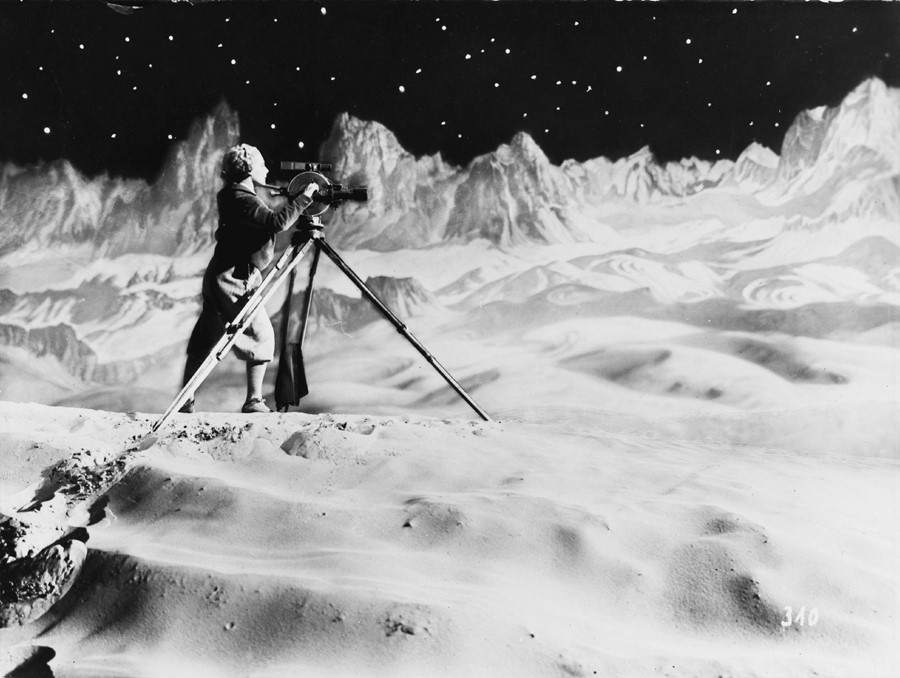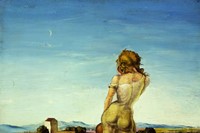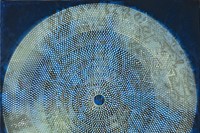The Louisiana Museum’s newly opened show explores the enduring influence of Earth’s celestial neighbour in art, culture and science alike
There has long been a longing for the moon – its shimmering shape a fixture in nocturnal skies and on gloomy days alike, its elusive presence inescapable even from a distance of over 200,000 miles. The moon is ever-present, whether through form or feeling, surrounded by a sense of mystique that has made it a prime object of investigation for artists and scientists – and the focus of a new exhibition at the Louisiana Museum of Modern Art in Denmark. Entitled The Moon – From Inner Worlds to Outer Space, the show explores our ongoing fascination with one of nature’s most alluring characters, investigating the moon through a variety of creative fields – from art to architecture, from literature to natural science – and unveiling the at times astonishing ways such a distant entity could captivate artists’ minds.
As the only celestial body whose surface can be seen from Earth, the moon has quickly become a symbol of both closeness and elusiveness – too ubiquitous to simply be ignored, yet too far-flung to be fully grasped, let alone understood. In 1609 already, Galileo was at the forefront of observing space, trying to decipher the moon and its planetary counterparts, and thereby laying the groundwork for the centuries-long artistic obsession that was to come.
In art, the moon has often been used as a tool for mood. With one side constantly turned away from earth and a proven yet largely still unexplored connection to nature, womanhood and humankind itself, it has quickly become a canvas for artists’ fascination with mystery and allusion – and it wasn’t until the late 19th century that artists were able to translate scientific investigations into realistic artistic depictions.
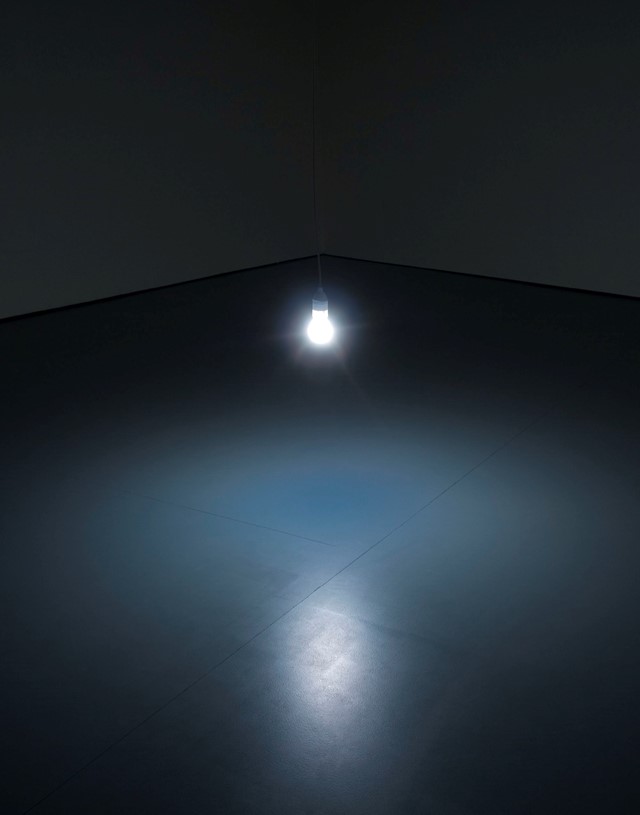
Lucien Rudaux, a French artist with a profound interest in space and our solar system, was one of the first painters to recognise the alluring astrological themes depictions of the moon could comprise. Focusing on in-depth and up-close studies of the moon and its surface, Rudaux quickly became one of the most prominent portrayers of outer space; a dedication which was later honoured by both a crater on Mars and an asteroid being named after him. During the 1920s, Rudaux spearheaded a passion for the peculiarities of celestial spheres his contemporaries came to more than share. Man Ray in 1931 combined a black and white photograph of the moon with an electric wire, envisioning it as an oversized lamp. Meanwhile, Salvador Dalí focused on the crescent moon in his 1926 painting Girl with Curls: gazing towards the sky, a shimmering girl is pictured standing in the midst of the countryside at dusk, the moon above once again cast in its prime role as an object of desire, longing and mystique.
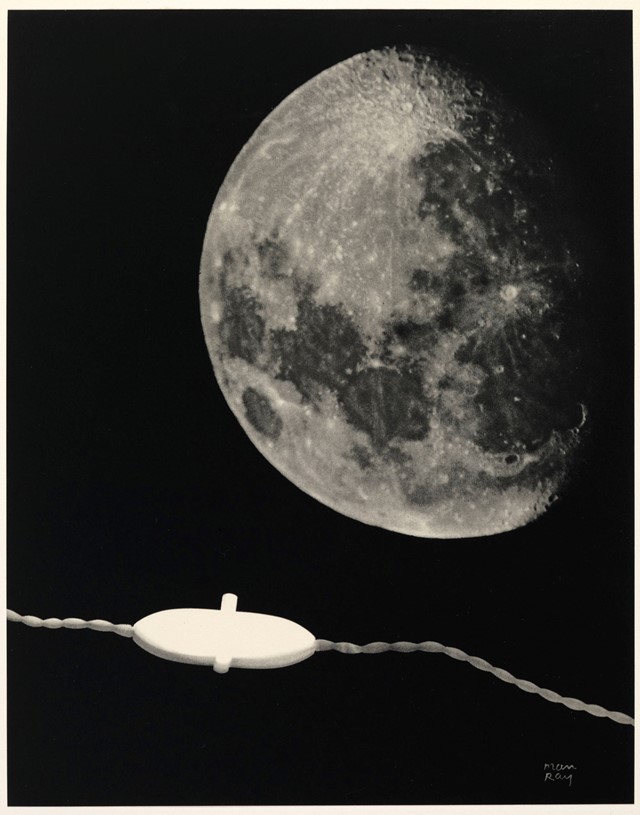
As the actual conquering of outer space progressed rapidly over the course of the 20th century, so did artistic investigations into it. Heralding the feverish race that was to come was Fritz Lang’s 1929 feature-length film Woman in the Moon, a science fiction silent film which followed a group of fearless explorers as they embarked on a mission into outer space in a self-built rocket. Although Lang’s offering was far from a success with audiences, it quickly became an integral part of film history thanks to the astonishing accuracy with which it forecast the many forays that were to come in the 1960s, and the landing of the first man on the moon in 1969. During production, director Fritz Lang asked several rocket experts to consult on set design and scenery, achieving surprisingly realistic and innovative features later adopted for the first non-fiction flights into outer space – the most prominent probably being the countdown that has come to be a firm fixture of visual and scientific history.
Maybe this is the true secret of our longing for the moon. No matter what onlookers were chasing after or searching for in their pursuit of it, its vast surface and sheer unknowability has always invited us to look not just up to the sky, but also to ourselves.
The Moon – From Inner Worlds to Outer Space is on at Louisiana Museum in Denmark until January 1, 2019.
